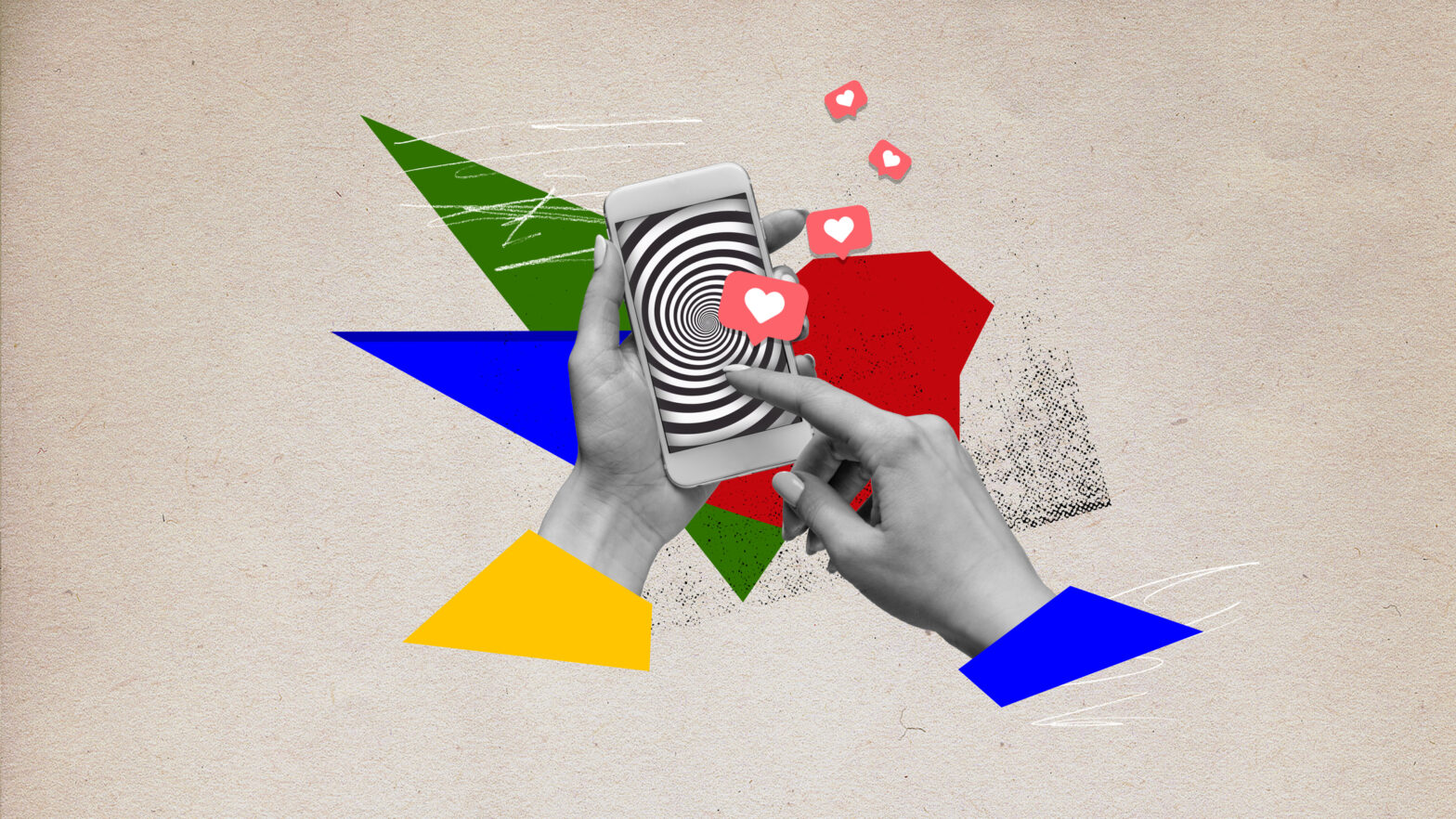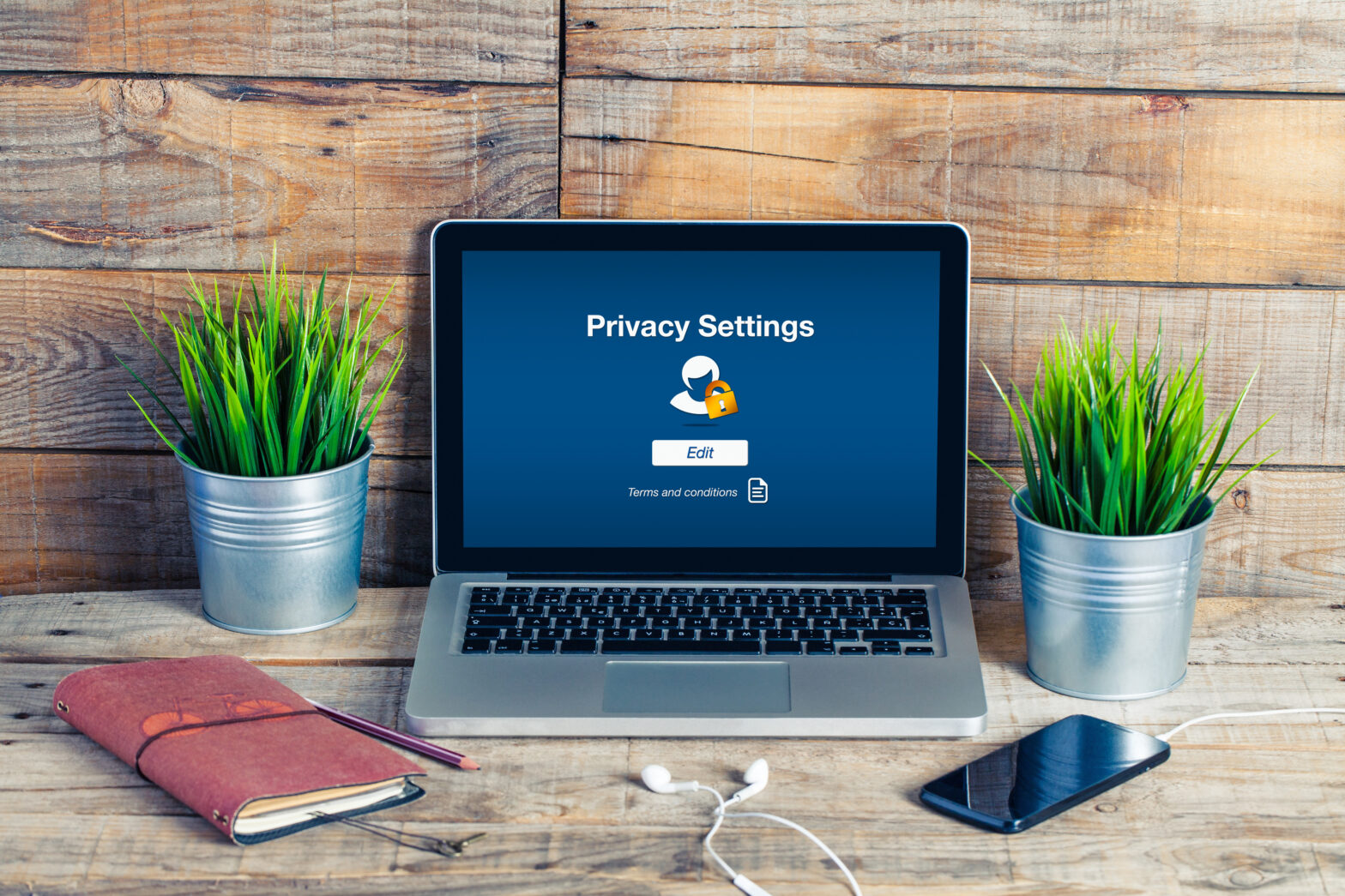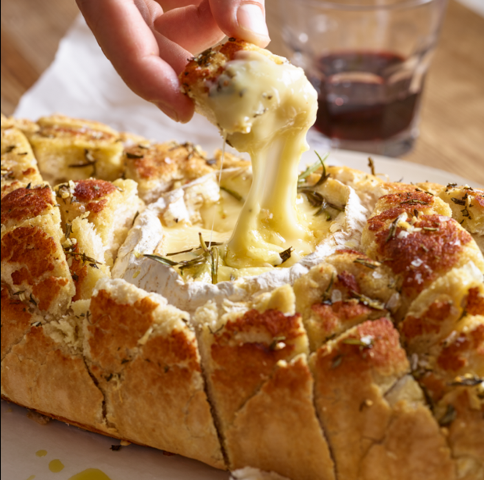While there are many trends that have defined the world of marketing and advertising during the digital age, there are some that stand head and shoulders above all others.
Take the rise of integrated marketing campaigns for example, which enable brands to leverage multiple channels (depending on the nature of their proposition) to drive optimal levels of engagement. This has also led to some interesting marriages of concept and medium, with the combination of social media and out-of-home (OOH) advertising offering a relevant case in point. While this is not a new phenomenon, this merger has become increasingly prominent in recent times and 2017 may finally be the year that brands begin to harness its full potential.
Why do social media and OOH make such an effective match?
So why exactly do social media and OOH make for such an effective marketing combination? In truth, they have an obviously symbiotic relationship, as each channel has elements that compliment and optimise the impact of the other.
his is similar to the relationship that has developed between social media marketing and blogging, with the former capable of driving engagement and the latter providing context and relevant content. In this instance, OOH advertising also benefits directly from the social relevance and engagement levels offered by social media.
Similarly, social media platforms can prosper thanks to the considerable viewership figures associated with OOH adverts, while the roadside billboards also leverage their location and content to aggressively target consumers online. Both social and OOH channels also drive real-time engagement and purchasing decisions, so combining the two can enable brands to increase their converse rates quickly and effectively.
Related: Why consumers trust social media over traditional ads
Above all else, the combination of on and offline marketing elements creates truly integrated campaigns, through which brand awareness is increased and customers are empowered to continue conversations with preferred brands.
Why social media should be integrated into all forms of OOH advertising
When we talk about the correlation between social media and OOH advertising, you mind may instantly be drawn to digital billboards.
After all, this can create genuine connectivity between the advertising medium and other channels such as your website or active social channels, so it stands to reason that this should make for a powerful combination.
Make no mistake; however. Social media can also be used in conjunction with traditional roadside advertising too, this is because social media has elements that are compatible with OOH advertising platforms as a whole, from the use of concise primary messaging to the importance of timing and targeting precise demographics.
So, whether you are advertising through a digital or paper billboard (or similar marketing materials such as posters) the integration of social media channels remains as effective as it is important.
To back up this point, Paul Inman, the director of outdoor advertising company, Airoutdoor, expresses his views on this matter.
Paul said, “Social media and OOH advertising can seem like a very unlikely pair, but together they can provide an effective advertising force. Studies show that the average person spends 1 hour and 40 minutes on social media each day, so this presents an huge opportunity for brands to present creativity in the offline world by creating a compelling message to drive engagement through social”.
A case study: How social media and OOH advertising can work in tandem
To understand precisely how social media and OOH advertising can work in tandem with one another, you need look no further than the 2016 campaign initiated by R&B star Drake. He commissioned the construction of numerous billboards in strategically selected parts of Toronto, in a bid to promote his new album Views from the Six.
The results of this brief but impactful roadside campaign were extremely impressive from an online perspective, generating an estimated 127.2 million social impressions and in excess of 5,000 mentions. While these OOH adverts may have been digital, this was not the trigger for such high levels of engagement. Instead, Drake commissioned a campaign that optimised the natural advantages of both techniques, showcasing just how social and OOH channels can work together in perfect unison.
To begin with, the team leveraged the reach and targeted impact of OOH advertising by selecting strategic locations that could drive social conversations. More specifically, large billboards were placed in pedestrian-concentrated regions throughout Toronto, particularly those with excellent transportation and direct rail links.
This not only targeted a large and alert audience, but it also made it far easier for civilians to connect with the advert and share it socially across their individual networks.
Another crucial element was the nature of the content, which remains central to the success of any OOH advertising campaign.
After all, studies have shown that an estimated 71 per cent of customers connect to outdoor adverts when they are on the move, so by creating engaging content you can initiate conversations and bring your calls to action to life.
Drake’s adverts used a concise and simple creative to capitalise on this, utilising ambiguous tag lines and hashtags to generate hype, engage the consumer’s curiosity and compel them to share the content across outlets such as Twitter, Instagram and Facebook.
These elements of the campaign highlight the tangible connection that exists between social media and OOH advertising, particularly in terms of optimising reach and driving higher levels of engagement.
Just as billboard locations can be strategically selected to effectively target pedestrians and their social behaviour, so too engaging content and relevant hashtags can initiate conversations online.
With this in mind, marketers can create more compelling and impactful campaigns that combine the very best elements of on and offline advertising.
The bottom line
In many ways, it should come as no surprise that social media and OOH advertising have formed such a formidable marketing partnership. After all, the total OOH spend is thought to have increased by a staggering 30.5 per cent during the last year alone, while global brands spent an estimated £20 billion on social media marketing as recently as 2014. These figures highlight the potential that exists within both mediums, while their similarities, compatible features and naturally engaging nature also makes them a potent combination.
Brands are beginning to understand the compatibility of social media and OOH and develop increasingly integrated campaigns. The key for businesses is to prioritise social channels that drive concise messaging such as Twitter, as this channel is perfectly suited to the OOH platform.







